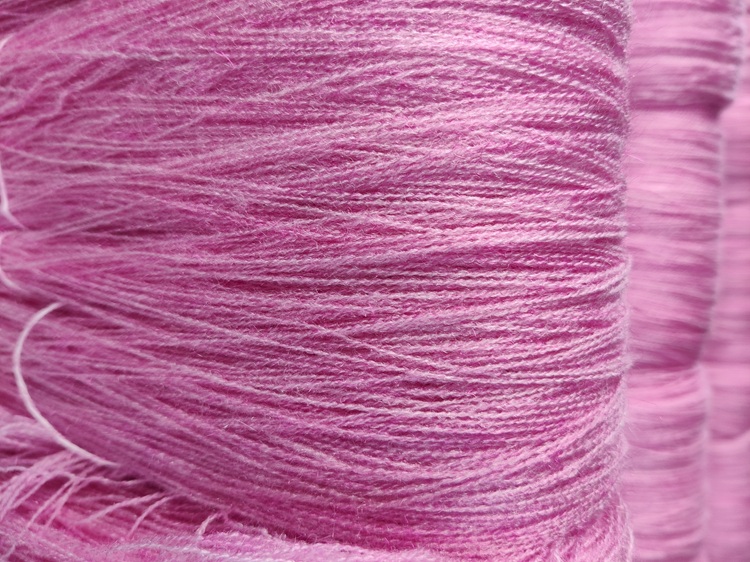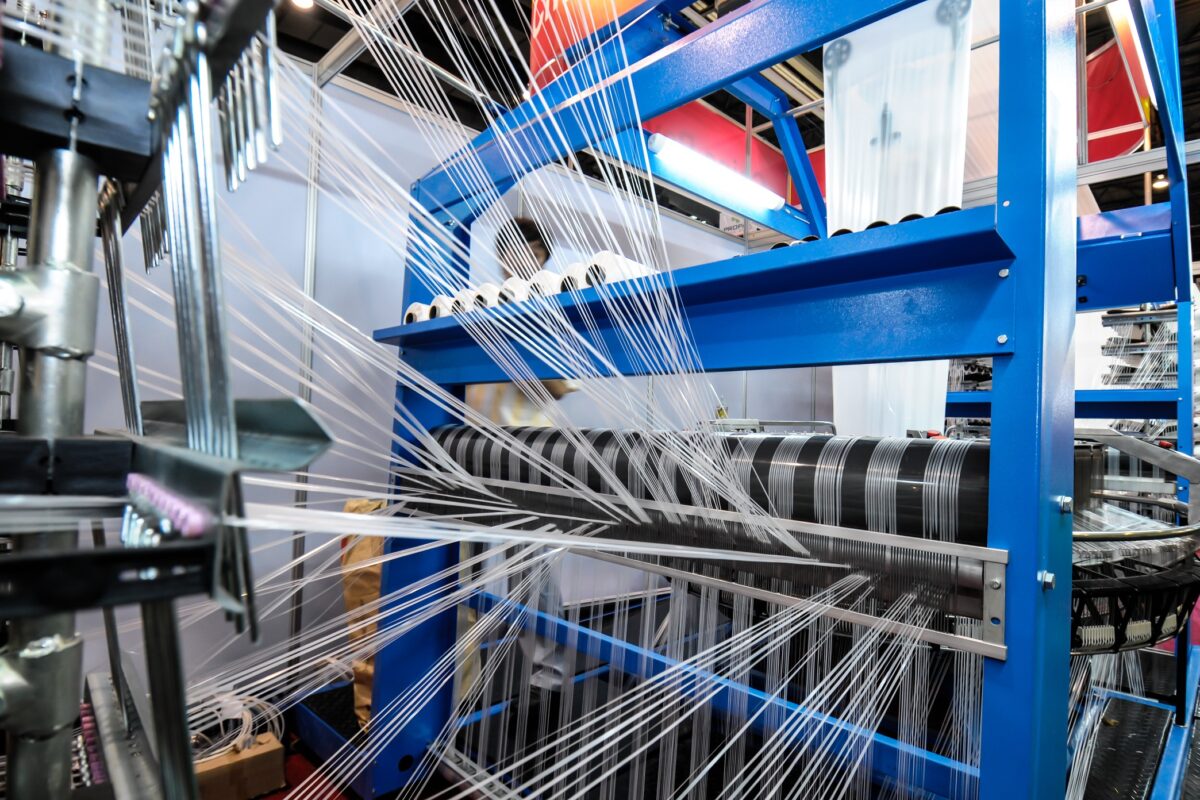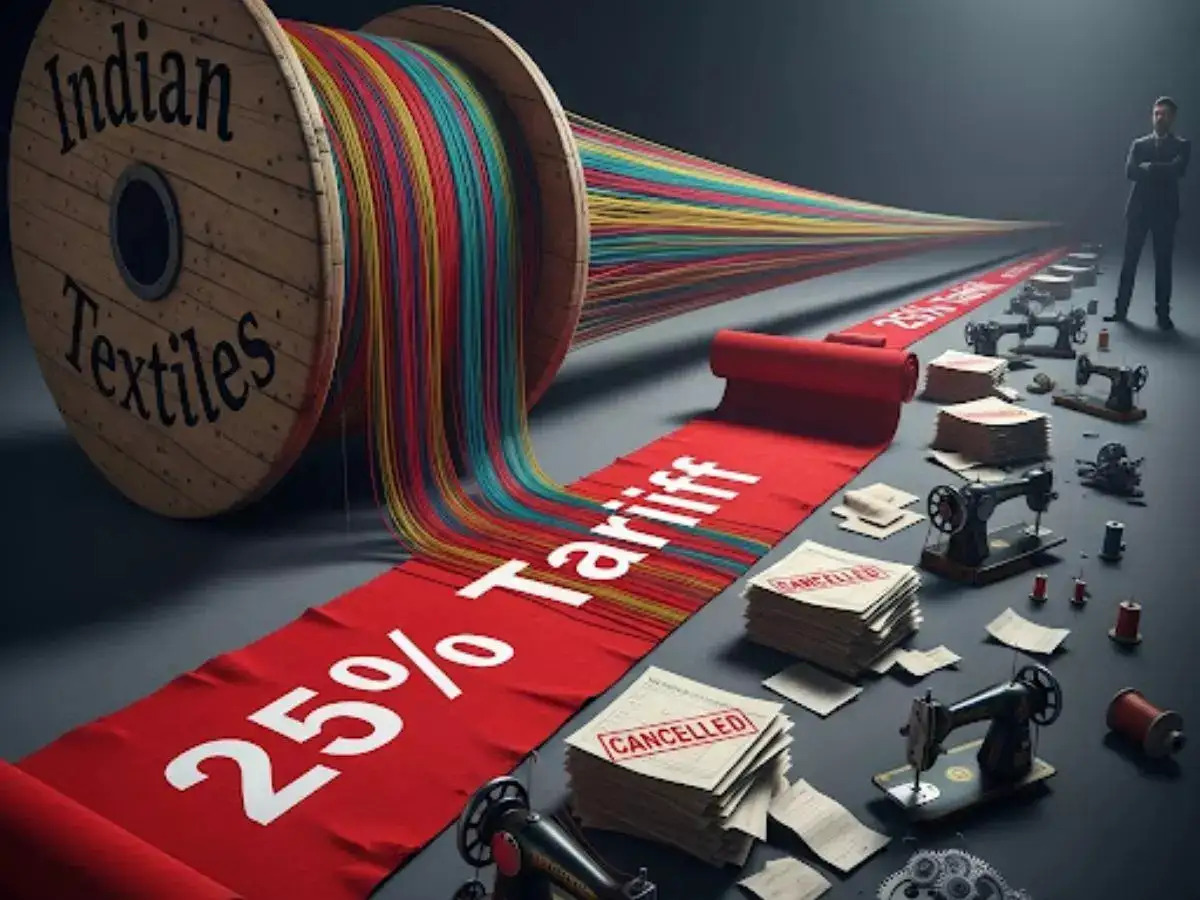A global leader in specialty chemicals, Archroma has been honored with the International Textile Manufacturers Federation (ITMF) 2025 Sustainability & Innovation Award for its product, Denim Halo. This revolutionary denim pretreatment and dyeing process gives brands and mills a straightforward way to create the highly sought-after distressed denim look while significantly cutting down on environmental impact and utilizing cleaner chemistry.
Archroma believes in challenging the status quo. Under their planet-conscious roadmap, the brand seeks solutions that not only advance sustainability but also nurture the creativity and profitability of textile manufacturers, says Dhirendra Gautam, Vice President Commercial, Archroma.
While distressed denim has been a consumer favorite for decades and is more popular than ever, achieving the coveted worn and faded appearance has always been problematic. Traditional methods often involve manual scraping, the use of hazardous potassium permanganate sprays, or energy-intensive stone-washing. Conventional indigo and sulfur dyeing processes further contribute to the burden with high water and energy consumption and significant wastewater discharge.
Denim Halo offers a breakthrough alternative to these issues. The innovation is inspired by a unique new chemistry, Dirsol RD, and a broad portfolio of textile dyes developed through decades of advanced research to produce laser-friendly denim with outstanding contrast on intense black and indigo shades.
The core component, Dirsol RD p, is a new, patented viscosity-modifying pretreatment that enables superficial dyeing. This reduces water, energy, and greenhouse gas emissions in processing and wash-off. In the Denim Halo process, it is combined with a tailored Archroma dye solution according to the mill’s specific production needs.
The benefits of Denim Halo extend beyond sustainability to include significant gains in safety and economics for manufacturers. Mills can achieve distressed effects without changing standard dye recipes or existing equipment setups. The process enhances worker safety by enabling high-contrast laser etching, which eliminates the need for hazardous potassium permanganate and manual scraping. It reduces caustic soda consumption in sulfur mercerizing and requires less chemical use in dyeing and finishing. Besides, it also results in reduced yarn shrinkage and improved garment tensile strength, particularly on black denim, while enabling easier washdown.












